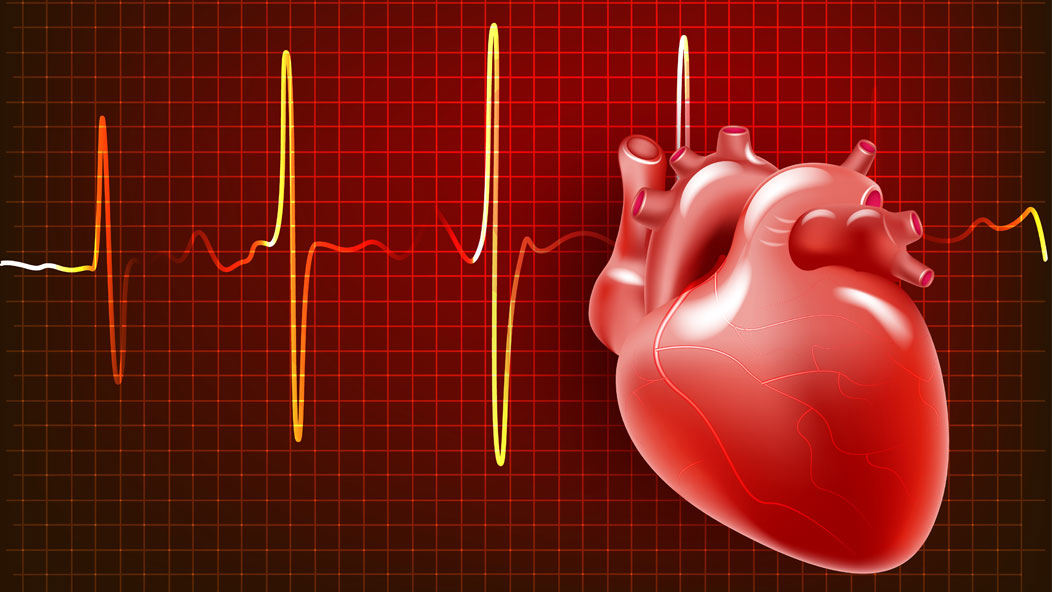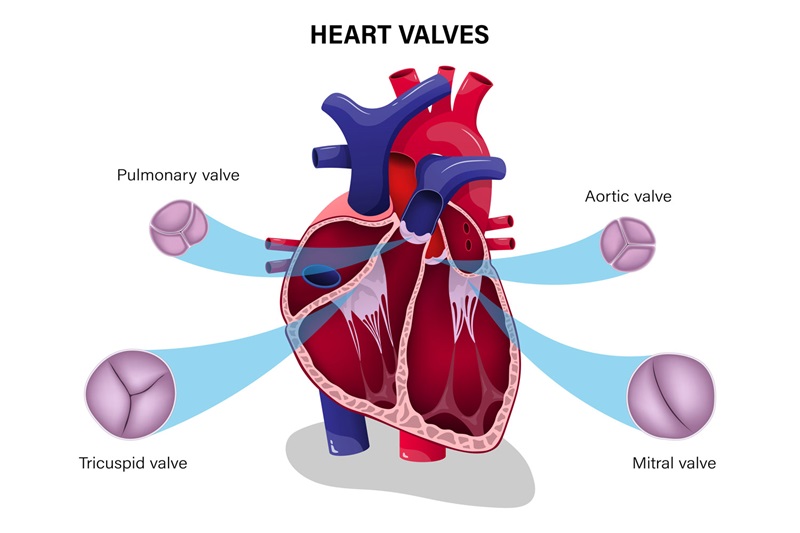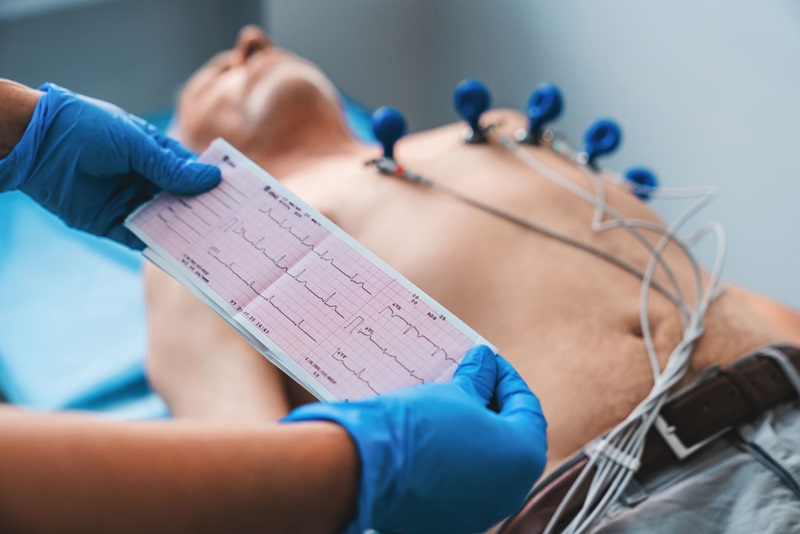
A Heart Valve Disease Wake-Up Call
We often hear that high blood pressure or hypertension is a “silent killer” because it may not show any symptoms. Heart valve disease is similar in that its symptoms often go undetected. For this reason, it’s important to understand the signs and risk factors associated with a delayed diagnosis of heart valve disease.
Before I dive into what heart valve disease is, it’s essential to understand the role of heart valves. The heart has four chambers – two upper chambers and two lower chambers. Blood passes through a valve as it leaves each chamber of the heart. If a valve becomes damaged or diseased, it can lead to a wide range of complications, including heart failure, stroke, blood clots, or death due to sudden cardiac arrest.

Heart Valve Disease Symptoms
While symptoms of heart valve disease may not always be obvious, being aware of the potential signs could be a game-changer.
Common symptoms of heart valve disease include:
- Chest pain
- Heart palpitations caused by irregular heartbeats
- Fatigue
- Dizziness
- Low or high blood pressure
- Shortness of breath
- Abdominal pain
- Leg swelling
Because symptoms of heart valve disease may mimic other serious health conditions, you should always consult with your healthcare provider.

Common Risk Factors
Understanding the risk factors of any disease, including heart valve disease, is critical to prevention and early detection. Several risk factors associated with heart valve disease include:
- Older age, especially if lifestyle habits raise the risk
- Family history of heart conditions and aortic valve problems
- Lifestyle habits, including lack of exercise, unhealthy diet, smoking, diabetes, and obesity
- Congenital heart valve diseases
- Infections, such as rheumatic fever or blood infections
- High blood pressure, high cholesterol, and other heart disease risk factors
- Heart attack, heart failure, or other types of heart disease
By assessing your risk factors and consulting with your healthcare professional regularly, you can take proactive steps to safeguard your heart.
How Heart Valve Disease Is Detected
If your physician suspects you may have heart valve disease, they may order one of the following tests to detect the extent of the damage:
- Electrocardiogram – This test records the electric signal from the heart to check for different heart abnormalities. Healthcare professionals conduct electrocardiograms to detect whether someone has experienced a heart attack.
- Echocardiogram/transesophageal echocardiogram – An echocardiogram shows blood flow through the heart and heart valves, using sound waves to create pictures of the heart. A transesophageal echocardiogram views the motion of the heart in real-time to detect underlying heart conditions.
- Chest X-ray – A chest X-ray examines the structures and organs in your chest.
- Cardiac catheterization – Cardiac catheterization helps doctors obtain diagnostic information about your heart and blood vessels.
- Magnetic resonance imaging (MRI) – In these tests, magnetic fields and computer-generated radio waves create images of organs and tissues in your body.
How Heart Valve Disease Is Treated
Doctors use several approaches to treat heart valve disease.
The first is medication. While not a cure, some medications, including beta-blockers and calcium channel blockers, may relieve some heart valve symptoms. Sometimes, blood pressure medicines, such as diuretics, are prescribed for heart valve disease.
Surgery is also another way to treat heart valve disease. A heart valve repair is a type of surgery that involves inserting prosthetic rings to help narrow or dilate the valve. Doctors may recommend a replacement valve from an animal, human donor, or mechanical valve when a valve has extensive damage.
A less invasive option to treat heart valve disease is known as balloon valvuloplasty. In this procedure, a catheter with a deflated balloon at the tip is threaded into the heart through the groin. Once the balloon is inserted into the heart, it is inflated to stretch the valve, allowing blood to flow more easily with increased force.
Another minimally invasive option is a transcatheter aortic valve replacement (TAVR), a surgical procedure that may be recommended to replace an aortic valve that is narrowed and doesn’t fully open. The replacement valve is implanted via a catheter, which is then removed when the new valve is securely in place.
Knowledge Is Power
Educating yourself and others about heart valve disease could save your life. Understanding the symptoms, recognizing the risk factors, and prioritizing regular checkups can protect your heart and prevent the silent threat of heart valve disease from causing irreversible damage.










